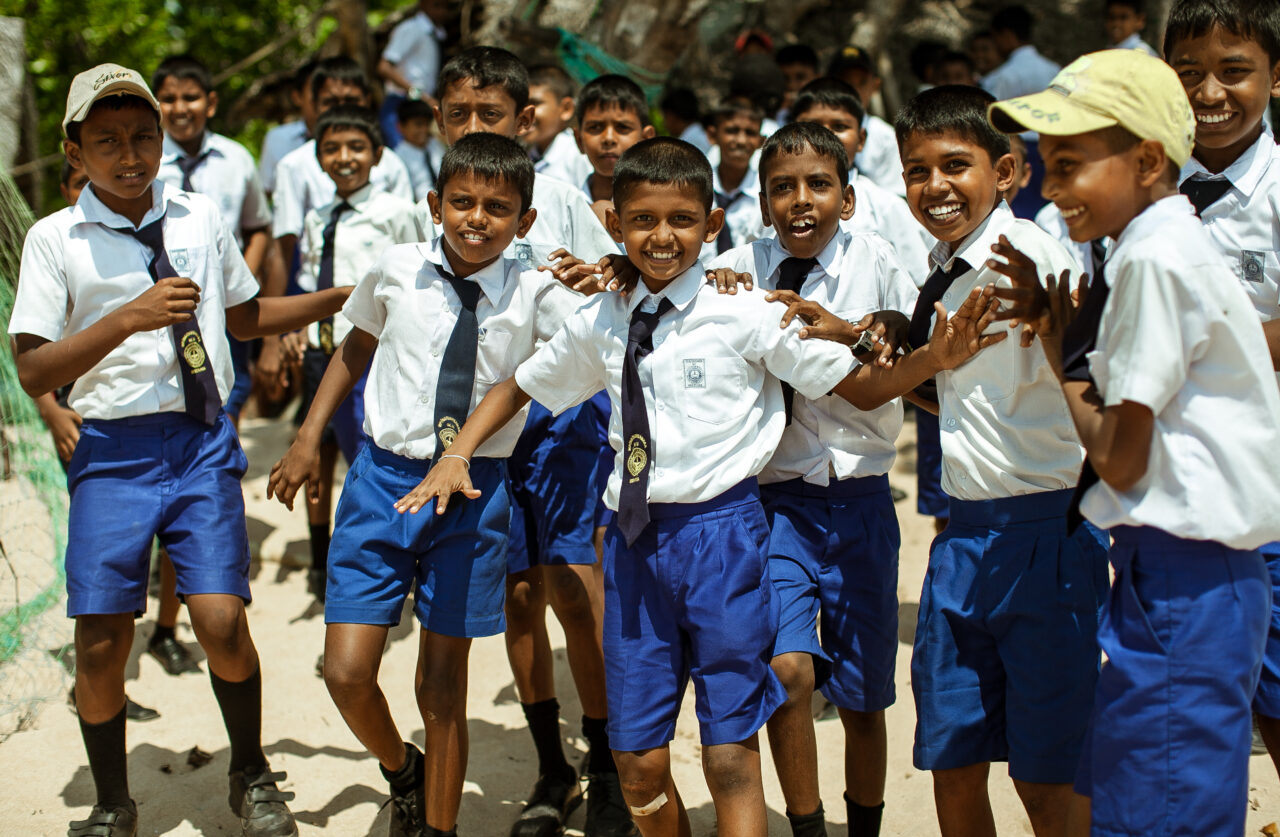When we discuss about education and skill development, both appear similar unless we identify the key issues and opportunities. In rural India skill-based learning approach is very less compared to urban areas. Education and skill development are critical for rural areas. By providing access to quality education and training programs, individuals can develop the skills and knowledge necessary to improve their employability and earning potential. This can contribute to reducing poverty and promoting economic growth in rural areas. Moreover, education can improve health and well-being, promote social equality, and empower individuals to participate in the development of their communities.
“The mind once enlightened cannot again become dark.” ― Thomas Paine
Addressing the key issues
Absence of Quality Teachers: The shortage of qualified teachers is a significant challenge for education and skill development in rural India. This leads to inadequate instruction, and students may not have access to quality teaching. It can result in a lack of skill development and knowledge that is crucial for higher education and employability.
Scarcity of Financial Resources: Many rural families in India are unable to afford the high costs associated with education and skill development. Without financial assistance, they cannot pay for the tuition fees, transportation, textbooks, and other costs associated with attending school or training programs. The lack of funds can also affect the quality of education as schools may not have the resources to invest in infrastructure or teaching materials. [image]
Poor Infrastructure: Many rural areas in India lack basic infrastructure, such as proper classrooms, libraries, and transportation facilities. This makes it challenging for students to attend schools or training programs regularly, and it can lead to inadequate instruction. Poor infrastructure can also impact the quality of education and limit the availability of resources necessary for skill development.
Gender Disparity: Gender disparity is a significant issue in rural India, with girls being less likely to receive an education or skill development opportunities. Social norms and economic factors often discourage families from investing in the education of girls, which limits their opportunities and potential for economic growth. This gender disparity affects the overall development of rural areas, limiting the talent pool and potentially resulting in less innovation and progress.
By providing these education and skill development programs to women in rural areas, Saanchi helps to overcome the gender disparity issue by providing a pathway for women to reach their full potential.
Inadequate Technological Connectivity: The digital divide is a significant challenge for rural areas in India, where many lack access to technology such as computers and the internet. This lack of access to technology can limit skill development opportunities, particularly in areas such as digital literacy and technological skills that are essential in today’s workforce.
Limited Opportunities: Rural areas in India often have limited opportunities for education and skill development, which can restrict individuals from achieving their full potential. This is particularly true for disadvantaged groups, such as women and girls, who may face social and cultural barriers that limit their access to education and employment.
Lack of Coordination: Coordination between government departments, non-governmental organizations, and other stakeholders can be limited in rural areas, which can create challenges for effective policy implementation. This can lead to a lack of resources, duplication of efforts, and inconsistent service provision, which can impact education and skill development opportunities.
Limited Vocational Training: There is often a lack of vocational training opportunities in rural areas, which can limit skill development and employment opportunities. Vocational training programs can help individuals acquire specific skills and knowledge that are in demand in local markets, leading to higher employability and improved economic opportunities.
Limited Awareness: In some cases, rural individuals and communities may not be aware of the importance of education and skill development, or the opportunities that are available to them. This can lead to a lack of demand for education and training programs, which can limit the resources available to promote them.

Overcoming the challenges:
Narrowing the Economic Disparity: To address the economic challenges faced by individuals in rural areas, government and non-governmental organizations can provide financial assistance to support education and skill development. This could include scholarships, loans, or subsidies that make education and training programs more accessible.
Promoting Sustainability: The promotion of sustainable development initiatives can help address environmental and economic challenges in rural areas, while also creating opportunities for education and skill development. This could include promoting eco-tourism, sustainable agriculture, and renewable energy projects that create employment opportunities and generate income.
Advancing Technological Infrastructure: Investing in technological infrastructure can help overcome challenges related to communication and access to modern technologies in rural areas. This could include expanding internet services, developing mobile learning applications, and establishing technology hubs that provide access to training and resources.
Expanding Vocational Training Programs: Increasing the availability of vocational training programs can help address skill gaps and promote employment opportunities in rural areas. This could include developing partnerships with local businesses to ensure that training programs align with industry demands and developing apprenticeship programs that provide practical training.
Promoting Community Engagement: Encouraging community involvement in education and skill development initiatives can help promote awareness and increase demand for such programs. This could include establishing community centers that provide resources and support for education and training, and working with community leaders to identify local needs and opportunities.
Addressing Language Barriers: In rural areas where individuals may speak different languages, it is essential to address language barriers to promote effective communication and learning. This could include hiring multilingual teachers or providing language courses for students and teachers.
Providing Health and Wellness Support: Providing access to healthcare and wellness services can help address physical and mental health challenges that may impact education and skill development. This could include establishing health clinics in rural areas and offering mental health support services.
By taking a holistic approach that addresses these challenges, education and skill development in rural India can be promoted, leading to increased economic opportunities, reduced poverty, and improved quality of life for individuals and communities.
About Saanchi
Saanchi is playing a significant role in overcoming various issues related to education and skill development by offering vocational training, skill development, and education programs to women, differently-abled, and marginalized communities. Saanchi is addressing the key issues and trying to overcome from these issues to empower women and make them self-sufficient and independent. Through its efforts, Saanchi is contributing to reducing poverty, promoting social progress, and building a brighter future for everyone.


